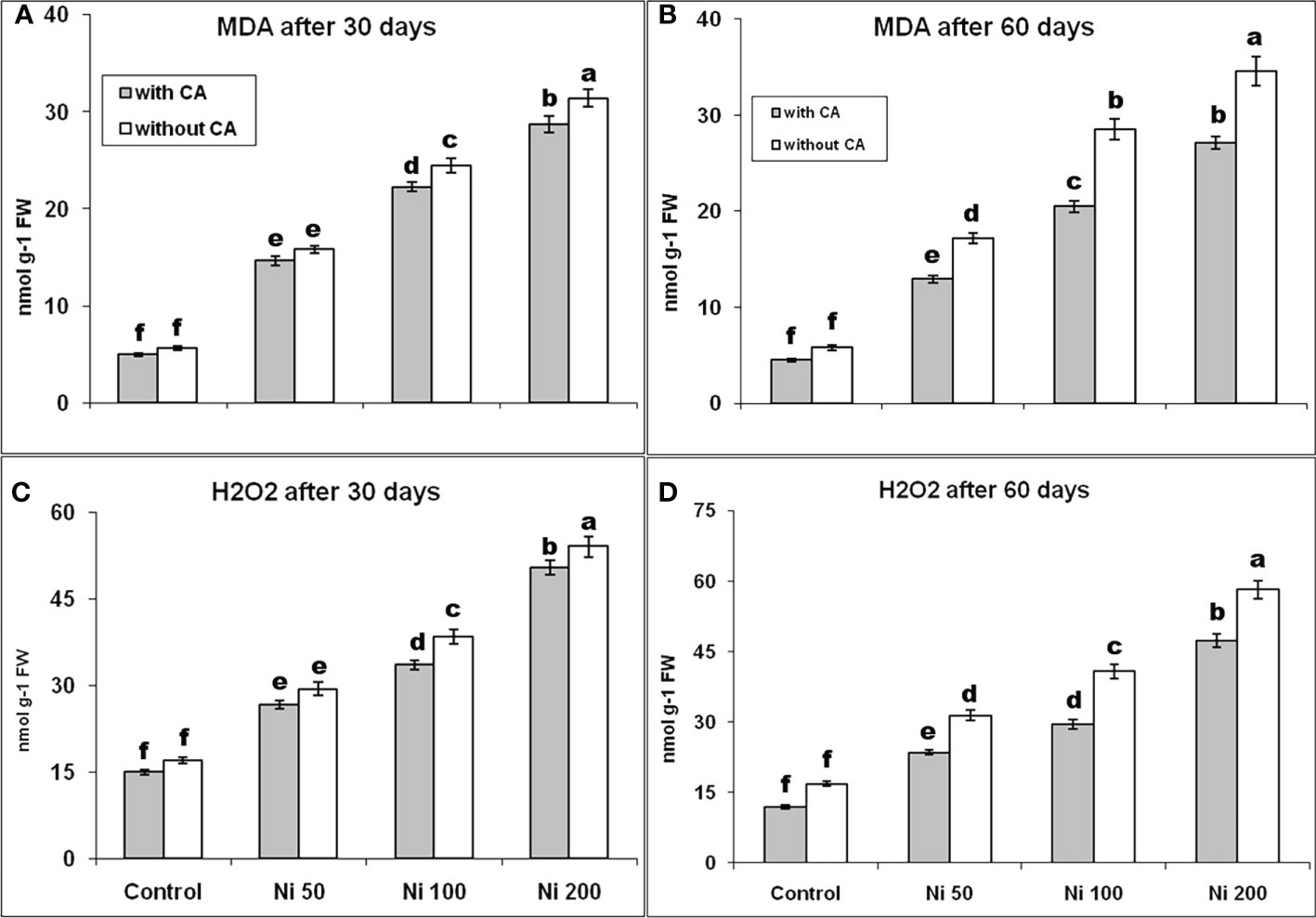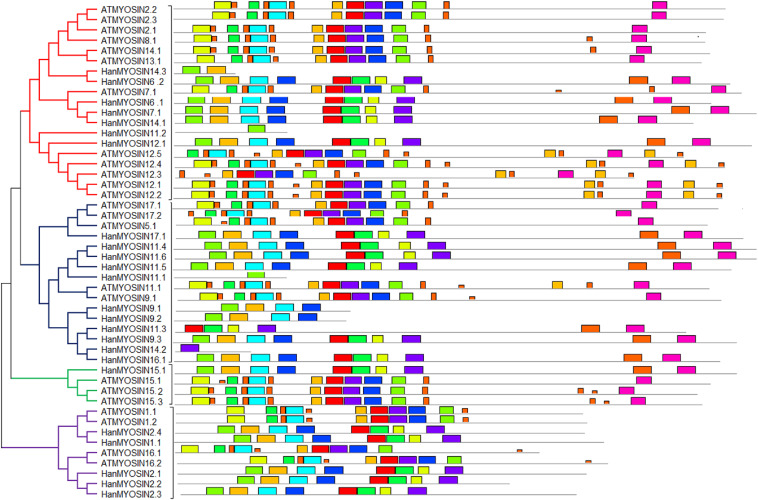Breadcrumb
Comparative Analysis of Various Machine Learning Techniques for Epileptic Seizures Detection and Prediction Using EEG Data
Epileptic seizures occur as a result of functional brain dysfunction and can affect the health of the patient. Prediction of epileptic seizures before the onset is beneficial for the prevention of seizures through medication. Electroencephalograms (EEG) signals are used to predict epileptic seizures using machine learning techniques and feature extractions. Nevertheless, the pre-processing of EEG signals for noise removal and extraction of features are two significant problems that have an adverse effect on both anticipation time and true positive prediction performance. Considering this, the proposed model will provide remarkable methods for both pre-processing and extraction of features. The proposed model detects various brain states and accounts for both epileptic seizures detection and prediction. Using the EEG CHB-MIT dataset, the support vector machine (SVM) model was trained, tested, and compared, having a best true positive percentage of 91% for a single patient and 82% for multiple patients. The SVM algorithm was also compared to other machine learning algorithms such as K-Nearest Neighbors (KNN) proving to be more efficient with a true positive percentage of 82% than KNN with 80%. © 2020 IEEE.




